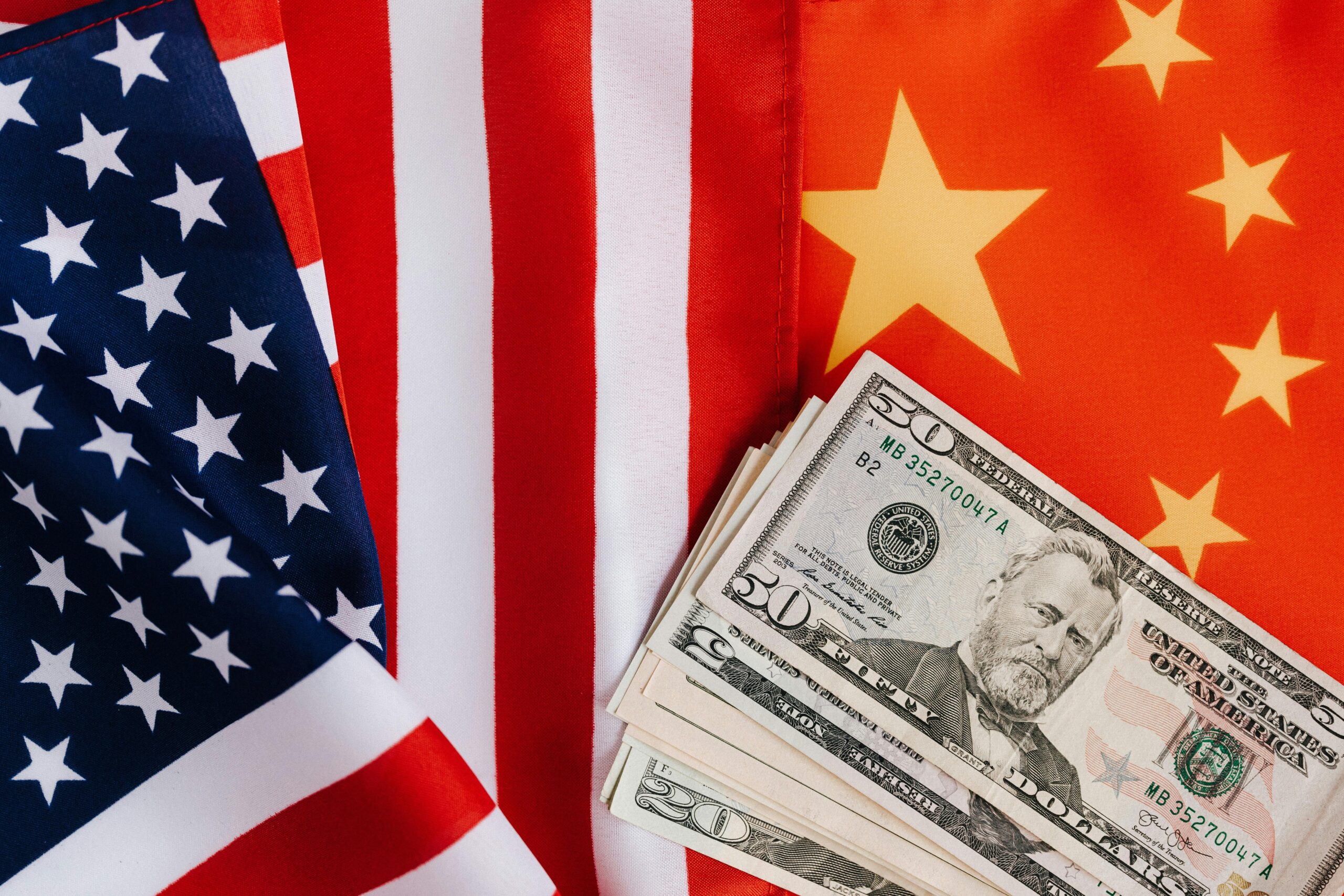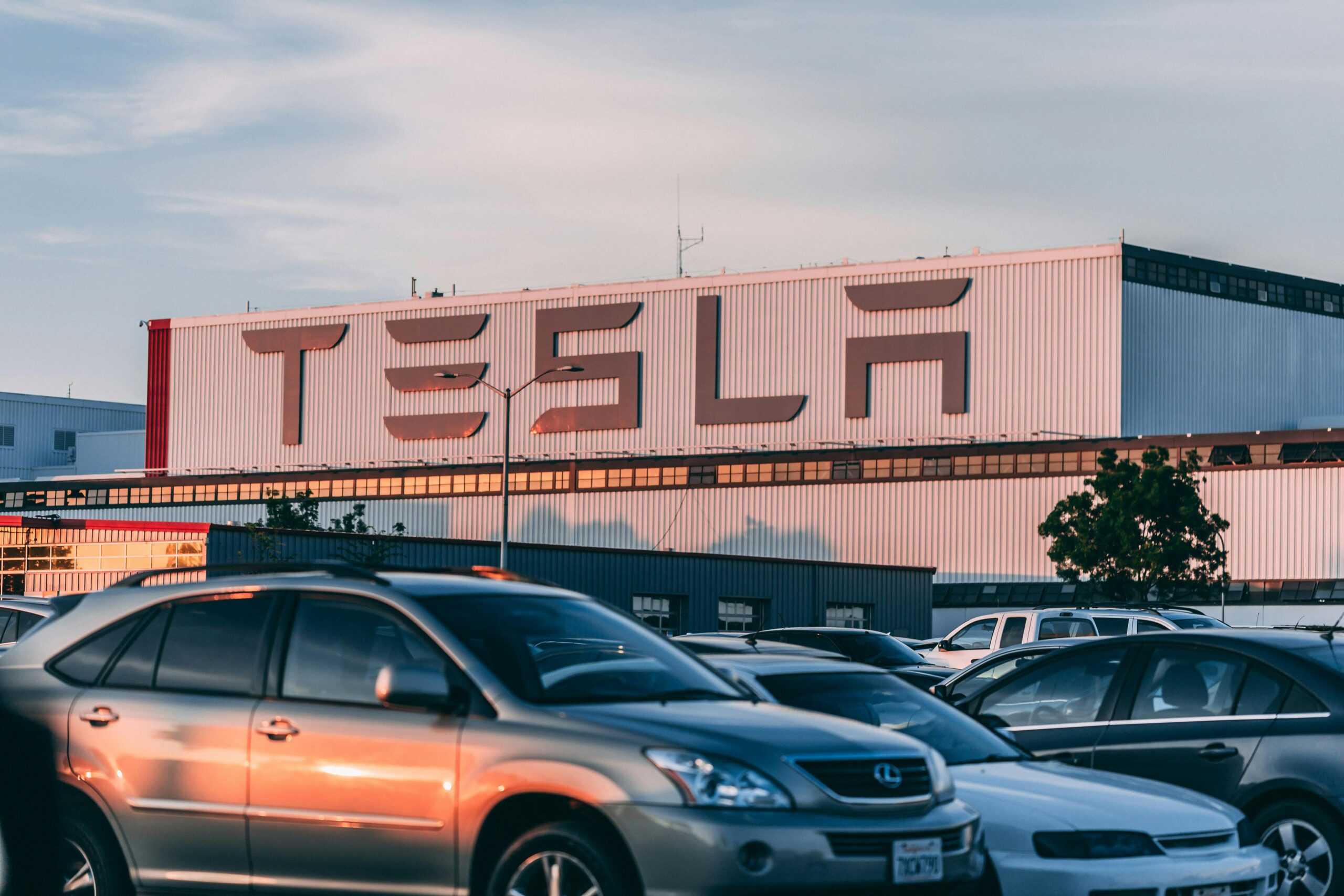Introduction: The New World Order of Trade
The U.S.-China trade war, once dismissed as a temporary spat, has evolved into a tectonic shift reshaping the global economy. What began with tit-for-tat tariffs in 2018 has spiraled into a multi-dimensional conflict spanning technology, supply chains, and geopolitical influence. By 2025, this rivalry will redefine how businesses operate, innovate, and compete. This blog dives deep into the unfolding drama, exploring its human stories, economic fallout, and the strategies companies are adopting to survive—and thrive—in this new era.
Part 1: The Roots of the Conflict

1.1 From Handshakes to Hardlines: A Timeline of Escalation
- 2018–2020: Tariffs, Huawei bans, and the Phase One deal.
- 2021–2023: Semiconductor wars, TikTok showdowns, and export controls.
- 2024–2025: Decoupling accelerates, with AI and green tech as battlegrounds.
Key Insight: The trade war is no longer about tariffs—it’s a fight for technological supremacy and global influence.
1.2 The Human Cost: Stories Behind the Statistics
- American Farmers: Soybean growers in Iowa pivoting to hemp after losing Chinese buyers.
- Chinese Tech Workers: Layoffs at Huawei and SMIC as U.S. sanctions bite.
- Third-Country Casualties: Vietnamese factories overwhelmed by redirected supply chains.
Part 2: Economic Shockwaves Reshaping Industries

2.1 Technology: The Semiconductor Siege
- U.S. CHIPS Act vs. China’s “Big Fund”: A $500B race for self-reliance.
- Case Study: Taiwan’s TSMC navigates geopolitical tightropes.
- Impact on Consumers: Laptop shortages and 30% price hikes by 2025.
2.2 Manufacturing: The End of “Made in China”?
- Reshoring to the U.S.: Ford’s $3.5B EV battery plant in Michigan.
- Friend-Shoring in Mexico: Tesla’s $10B gigafactory near Monterrey.
- China’s Countermove: “Dual Circulation” and boosting domestic demand.
2.3 Agriculture: Trade Wars Turn to Food Wars
- Brazil’s Rise: Overtaking the U.S. as China’s top soybean supplier.
- Vertical Farming Boom: AeroFarms and Bowery Farming filling supply gaps.
Part 3: Supply Chains in Flux

3.1 The Death of Just-in-Time Manufacturing
- Toyota’s Pivot: Stockpiling chips and rare earths.
- Blockchain to the Rescue: IBM’s Food Trust network tracks pork from Iowa to Shanghai.
3.2 Southeast Asia’s Gold Rush
- Vietnam: Intel’s $1.5B chip testing facility in Ho Chi Minh City.
- India’s Manufacturing Dream: Apple’s 25% iPhone production shift from China.
Part 4: Geopolitical Realignments

4.1 Europe’s Dilemma: Partner or Player?
- Germany’s Balancing Act: BASF’s $10B China investment vs. U.S. pressure.
- EU’s “De-Risking” Strategy: Launching its own CHIPS Act and Critical Raw Materials Club.
4.2 The Global South Steps Up
- Indonesia’s Nickel Play: Leveraging reserves for EV battery dominance.
- Africa’s Digital Leapfrog: Huawei’s 5G deals in Kenya and Nigeria.
Part 5: The Innovation Arms Race
5.1 AI: The Ultimate Battleground
- OpenAI vs. China’s Baidu: Who will dominate generative AI?
- Ethical Divergence: U.S. “guardrails” vs. China’s surveillance-driven models.
5.2 Green Tech: Climate Crisis Meets Trade Crisis
- Solar Panel Wars: U.S. tariffs on Xinjiang polysilicon.
- EV Battery Recycling: Redwood Materials and CATL vie for lithium dominance.
Part 6: Strategies for Survival

6.1 Corporate Playbook: Agility Over Scale
- Dual Supply Chains: Nike’s “China+Vietnam+Indonesia” model.
- Localization 2.0: Coca-Cola’s “Glocal” formula tweaks for regional tastes.
6.2 Policy Tools: Governments Double Down
- U.S.: Export controls on quantum computing and biotech.
- China: Subsidies for “Little Giants” (niche tech champions).
Part 7: Voices from the Frontlines
- Interview: A Mexican factory owner juggling U.S. and Chinese clients.
- Podcast Clip: Economist Keyu Jin on China’s “innovation imperative.”
- Worker Diary: A Shenzhen tech engineer adapting to U.S. sanctions.
Conclusion: The World in 2025 – Divided or Rebalanced?
The U.S.-China trade war has shattered old assumptions, forcing businesses to rethink everything from R&D to CSR. While risks abound—fragmented markets, inflationary pressures—the crisis also sparks opportunities: green tech alliances, AI ethics partnerships, and a renewed focus on resilience. The companies that thrive will be those that blend pragmatism with purpose, turning geopolitical chaos into a catalyst for innovation.





